Table of Contents
ToggleDefinition of prediabetes:

Blood glucose levels that are greater than normal but not high enough to be considered type 2 diabetes define prediabetes. It’s a warning indication that if you don’t alter your lifestyle, you could get type 2 diabetes.
Reasons of prediabetes:

- Insulin Resistance: This occurs when your cells are unable to effectively absorb glucose from your bloodstream due to poor insulin response.
- Genetics: Prediabetes is more common in families with a history of type 2 diabetes.
- Obesity: Carrying excess weight, particularly in the abdomen, raises the risk of insulin resistance.
- Physical Inactivity: Insulin resistance and prediabetes can be exacerbated by a regular lack of physical activity.
Symptoms of prediabetes:

Frequently, no symptoms are apparent.
Still, certain individuals might encounter symptoms like
- Enhanced thirst
- Urination frequently
- Eye strain;
- Slow-healing wounds or recurring infections.
Risk factors of prediabetes:
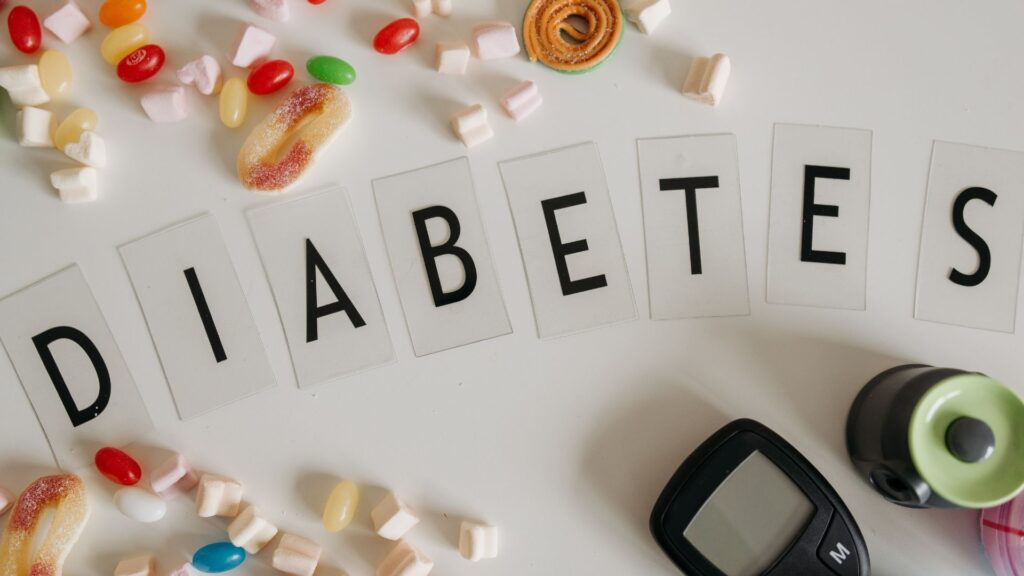
- Weight: Being too heavy or fat.
- Having a close relative with type 2 diabetes is a family history.
- Age: Being older than forty-five.
- Ethnicity: Some ethnic groups are more vulnerable than others, including Asian Americans, Native Americans, African Americans, and Hispanic/Latino Americans.
- Pregnancy related diabetes: known as gestational diabetes.
Diagnosis of prediabetes:
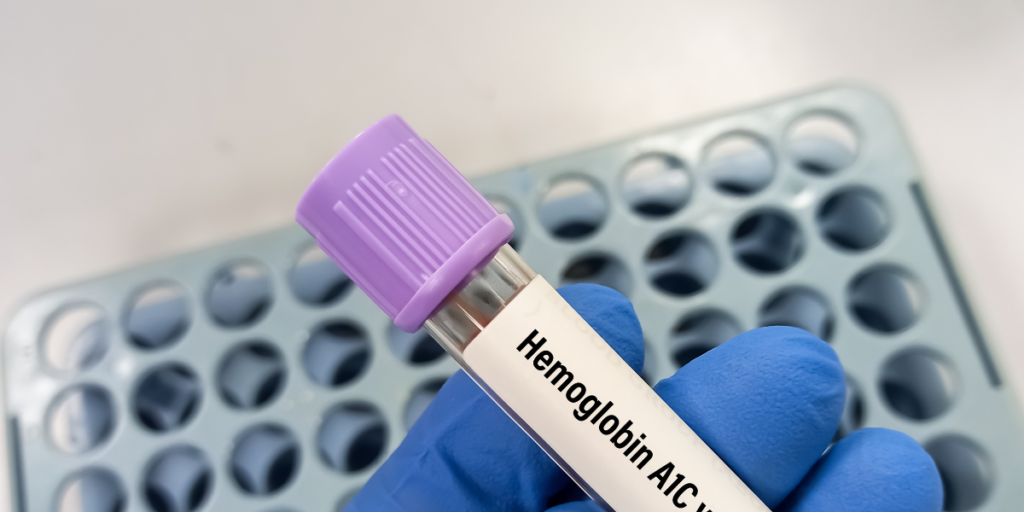
- Fasting Plasma Glucose Test: Following an overnight fast, a blood sample is obtained. Prediabetes is defined as having a fasting blood sugar level between 100 and 125 mg/dl (5.6 and 6.9 mmol/L).
- Oral Glucose Tolerance Test (OGTT): Blood sugar levels are measured two hours after consuming a sweet drink following an overnight fast.
- The HbA1c test gives you an average blood sugar reading for the previous two to three months. The range of 5.7% to 6.4% for the HbA1c test indicates prediabetes.
Herbal treatments of prediabetes:
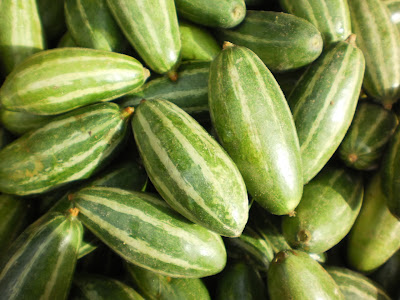
• Cinnamon: Research indicates that consuming cinnamon may enhance blood sugar regulation.
• Bitter Melon: This fruit may help reduce blood sugar levels since it contains substances that resemble insulin.
• Fenugreek: May help decrease blood sugar and enhance insulin sensitivity.
• Pointed Gourd: Research has indicated that some ginseng strains may enhance insulin sensitivity.
• Brown rice: Research indicates that it can help reduce blood sugar.
• Any type of lentil, such as moong daal or masoor daal, which is at least a year old can be eaten if you have prediabetes.
• Consuming fruits like Jamun and Indian gooseberry (Amla) can help reduce blood sugar levels.
• You can drink 1 glass (100 ML) of Luke warm water with 1 TSP each of turmeric powder and Amla powder at empty stomach every morning.
Management strategies of prediabetes:
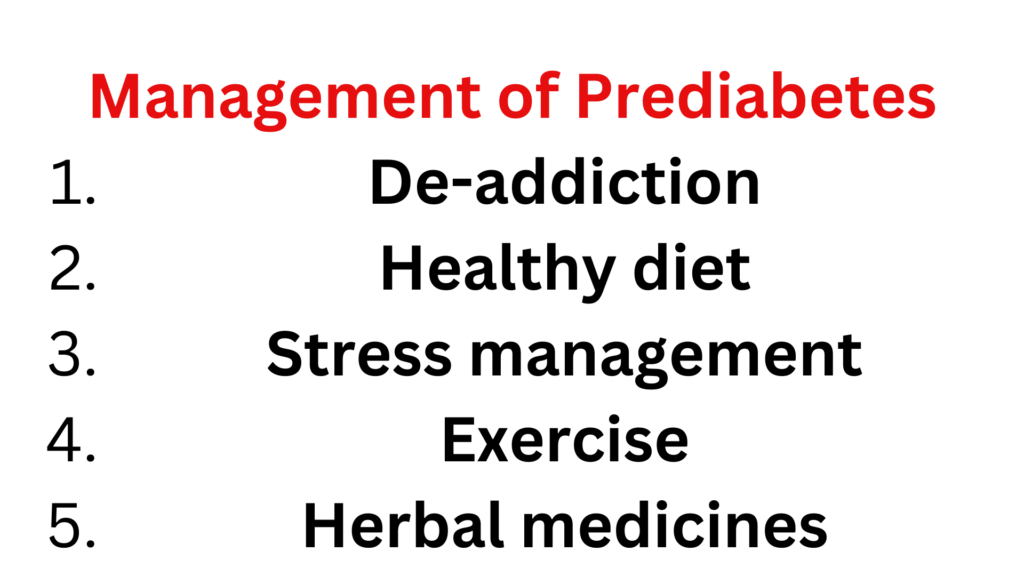
- Healthy Diet: Focus on whole foods, fruits, vegetables, lean proteins, and whole grains. Limit processed foods, sugary beverages, and refined carbohydrates. Junk food, fast food like pizza, burger, food items made with refined flour, sweets made up of curdling milk should be avoided.
- Regular Exercise: Aim for at least 150 minutes of moderate-intensity aerobic activity per week. Exercises like kapalbhati pranayam, dance, yogasan, zumba, aerobics, running, walking can be performed as per individual’s needs. Avoid late night sleep. Try to sleep around 10 pm.
- Weight Loss: Losing even a small amount of weight can significantly reduce the risk of developing type 2 diabetes. Jowar & Bajara roti is highly recommended.
- De-addiction: Stop smoking and alcohol consumption.
- Medication: To help lower blood sugar levels and minimize the risk of diabetes, doctors may occasionally give drugs like Chandraprabha Vati, Vasant Kusumakar Ras, etc.
- Frequent Monitoring: Check your blood sugar levels on a regular basis and make follow-up appointments with your physician.

Conclusion:
Prediabetes = Preventdiabetes
Prediabetes is an illness that can be cured. You have a higher risk of developing type 2 diabetes if you ignore it.
Your risk decreases if you maintain a small weight loss and engage in regular physical activity. 5% to 7% of body weight, or 10 to 14 pounds for a 200-pound person, is considered modest weight loss.
Engaging in brisk walking or a comparable activity for at least 150 minutes per week qualifies as regular physical activity. Five days a week, thirty minutes a day, is all that.
We can assist you in implementing the following long-term lifestyle adjustments that are required to either delay or avoid type 2 diabetes:
- Making lasting lifestyle changes.
- Learning how to incorporate more exercise and a healthy diet into your daily routine.
- Learning stress management techniques, maintaining motivation, and solving problems that can slow progress of upcoming complications.
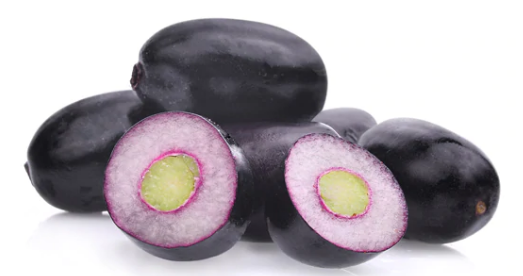
Before beginning any herbal therapies or making big dietary or lifestyle changes, especially if you have prediabetes or any other medical issue, it’s crucial to speak with a healthcare provider.
DISCLAIMER: The information provided on this article and its videos is for general knowledge purposes only and should not be considered as professional advice. Always consult professional help for any health issues. We always try to keep our blogs & its content updated but cannot guarantee it. The content published on this blog is our own creative work protected under copyright law.

Great information
Great read. Looking forward to inculcate learning in real life and have a healthy life
Good information
Wonderful article… best of luck for new writings
Thank for Very important information
Very informative Dr Shraddha Tanikam.
Many people could be more cautious.
Thank you.God bless you.
It was very informative and people could be more cautious.
Thank you Dr Shraddha Tanikam for the knowledged.
It was very informative and people could be more cautious.
Very nicely penned… Really good information. Need of time to follow.
Pingback: Top 5 reliable ways for obesity reduction: Ayurvedic approach. - Aarogya Rahasya
Nice info…thanks for sharing
Pingback: "Fatty liver"- Best ayurvedic approach to deal with it. - Aarogya Rahasya
Pingback: Consuming curd- Is it unhealthy or healthy? - Aarogya Rahasya